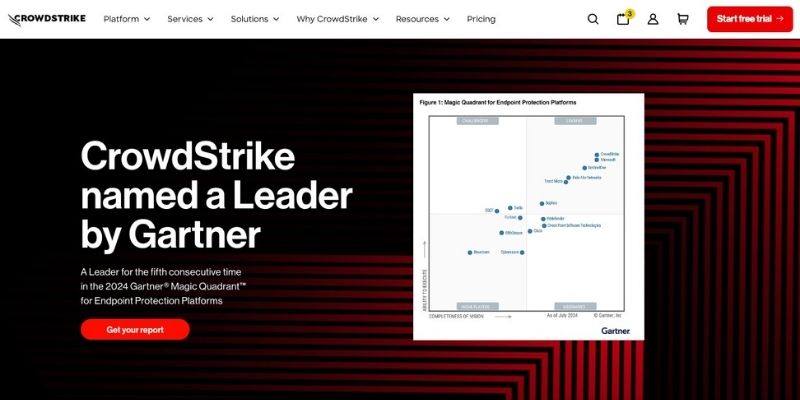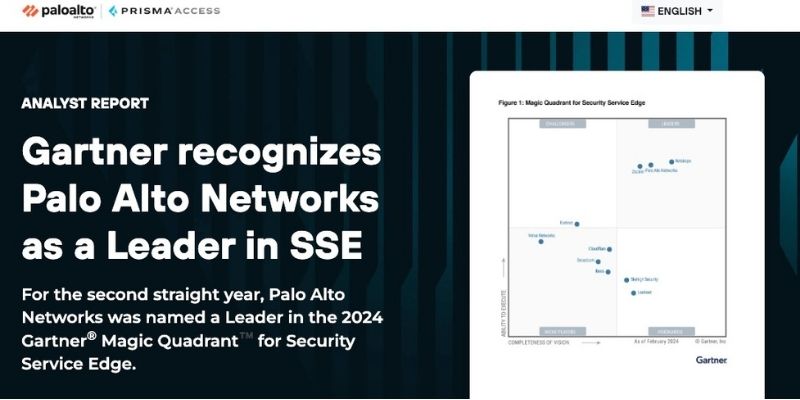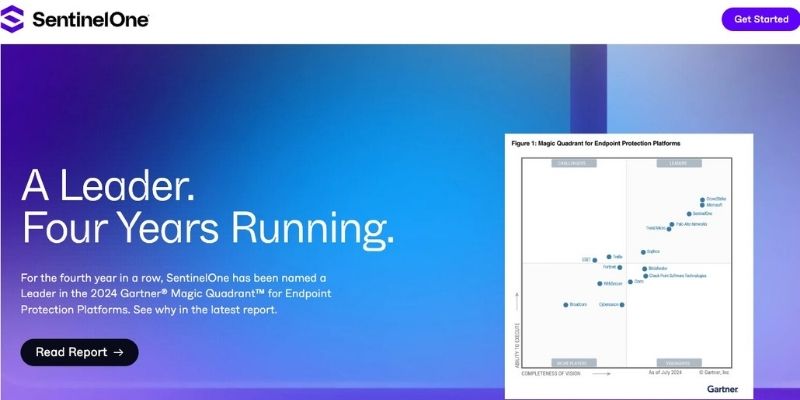Let’s start with the obvious.
“Fast,” “easy,” and “affordable” aren’t differentiators. They’re baseline customer expectations.
Many companies still promote them as breakthrough innovations. As if a buyer is going to stop mid-scroll and think, “Wow, it’s easy to use! This must be the one. Take my money!”
We’re all so used to seeing those claims, they barely register. It’s the feature equivalent of banner blindness.
And if you’re making the same claims as your competitors, you’re reinforcing the same “sea of same” that you’re swimming in.
How are you REALLY standing apart from the crowd?



You're Not Competing Against Bad Options
You're competing against a long list of decent or even good options, as well as the status quo.
Your buyers aren't trying to choose between a standout product and a pile of junk. They’re deciding between solid, credible alternatives. And they have to feel enough incentive to make the switch, and overcome the switching costs that extend beyond just a contract and annual fee. That’s what makes it so hard to stand out.
And in most mature categories, true innovation is rare. Which means no, that one clever feature is not a meaningful differentiator.
Even if it’s cool. Even if it solves a real problem. Even if it’s “AI-enabled,” which is absolutely table stakes in 2025.
Because if it can be copied, automated, or outspent, it won’t protect you for long.
So Where Does Your Real Differentiation Live?
Not in your tagline. Not in a brainstorm. And definitely not in your competitor’s product roadmap (so quit trying to dissect it already, eyes on your own paper).
Your real advantage lives in how your customers experience choosing you.
The moments that build trust.The details that reduce friction.The reasons they felt confident enough to move forward.
Those are your differentiators. And your competitors can’t steal them because they didn’t earn them.
The Competitive Differentiators That Don’t Make It Into the Deck
Some of the most effective differentiators I’ve helped uncover weren’t features at all. They were experiences.
Here’s what real buyers valued:
- A sales process that built trust and made the decision feel safe
- An onboarding process with low cognitive load
- Support that was fast, available, and actually helpful
- Ongoing education that made success feel achievable
- Human touchpoints that didn’t make customers feel like support tickets
You won’t find these in a feature comparison chart. But they matter more than any widget or brand-new feature you just launched.
Because buyers don’t just choose based on capability. They choose based on confidence. Their confidence.
If You Want the Real Story, Ask the People Who Already Bought
Your team can guess. AI tools can generalize. Your competitors can mimic what they think is working.
But if you want clear, specific insights into what actually sets you apart, talk to the people who have already said yes.
They’ve been through the evaluation process. They know what almost held them back, what made them feel ready, and what ultimately pushed them to choose you.
And they’ll tell you, but only if you ask the right questions.
Stop Guessing. Start Using the Data That Actually Matters.
If you want to make faster, more confident customer growth decisions, you need more than vague personas and borrowed market research.
You need buying criteria, straight from your best-fit customers.
That’s exactly what we deliver in the Customer Growth Sprint.
Uncovering competitive differentiators is just one of nine customer-backed data sets we surface. We don’t stop at the customer insight; we show you how to apply those insights directly to your messaging, sales process, and go-to-market strategy so you can turn those insights into results.
If you’re ready to stop guessing and start growing, the Customer Growth Sprint is where we begin.
